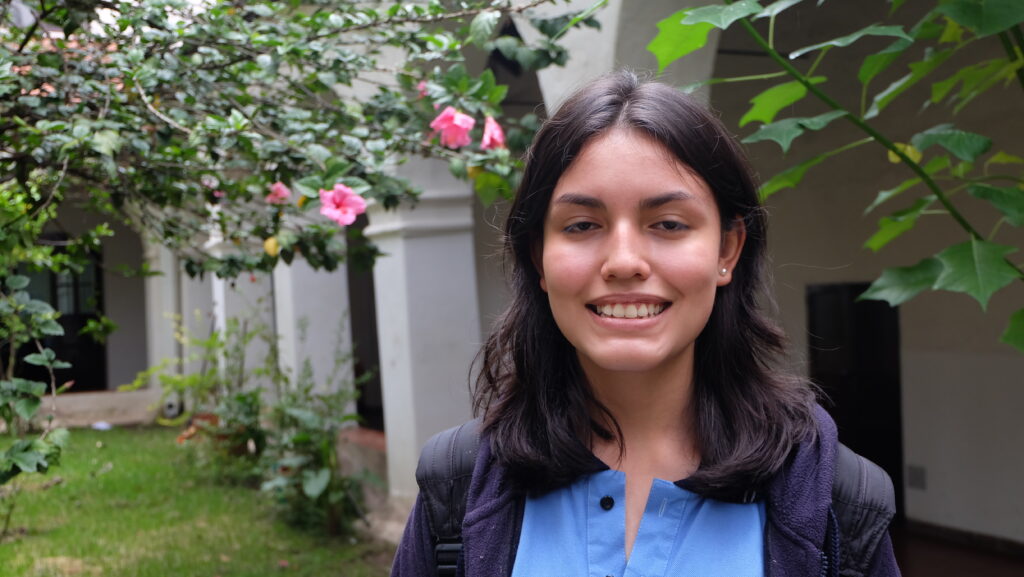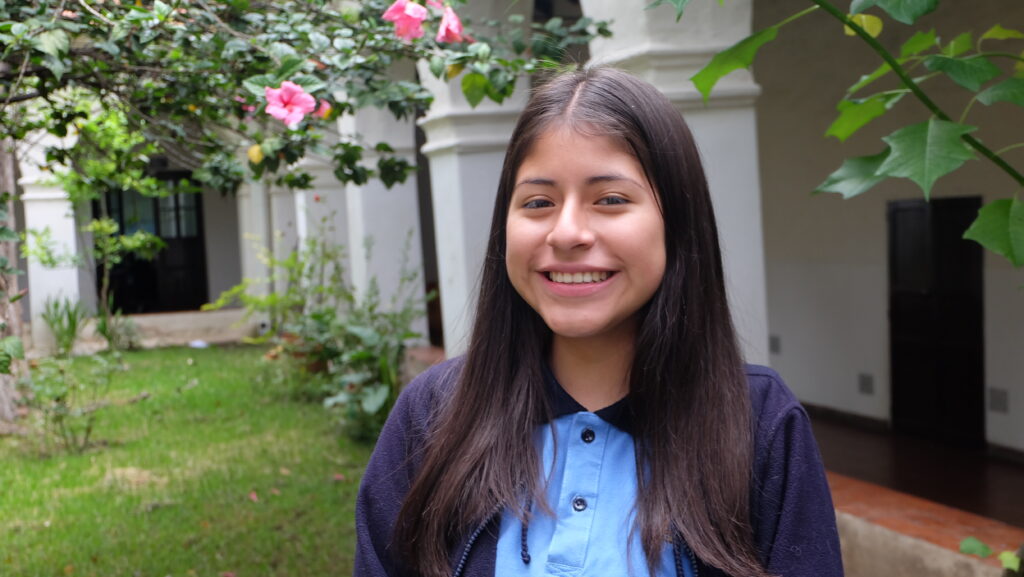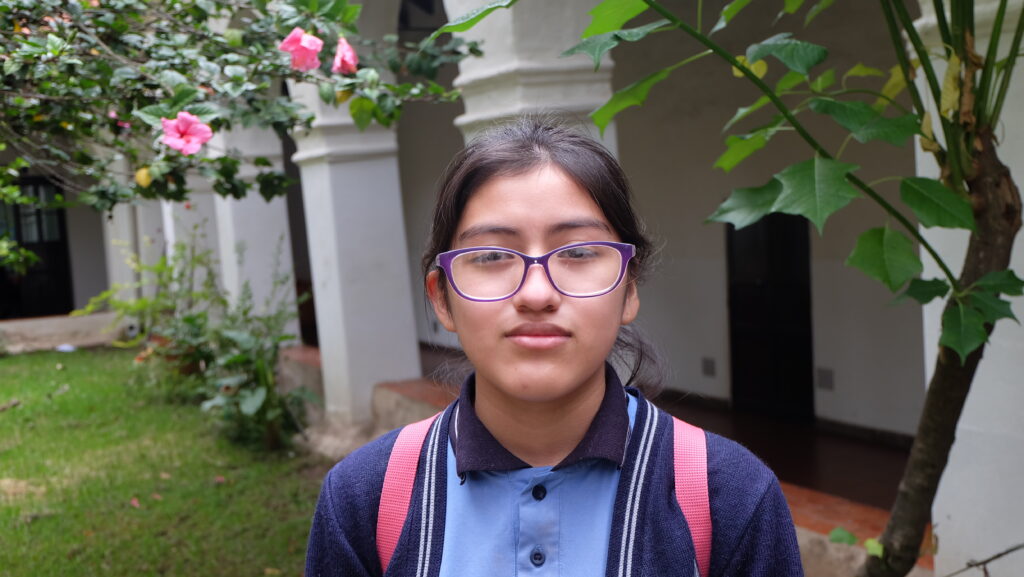facts about the Sagrado Corazon School:
- Ages Served: 5–18 years of age (kindergarten – twelfth grade)
- Facility Description: The main building is a two-story, Spanish-style white stucco structure surrounding a courtyard patio, which is in use throughout the day and serves as the perfect place for children to play basketball and soccer.
- Academic Year: The school year in Bolivia typically begins in early February and ends in early December. Students enjoy summer break from mid-December through the end of January, as well as a two-week winter break in July.
- Academics: In addition to core subjects such as math, social sciences, and languages, the curriculum has been expanded to include classes in art, sports, folk music, and even ballet.
- Medical Attention: Children receive free medical care, provided at the school by local nurses and physicians. A psychologist and a social worker are also on staff.
- Basic Needs: Our volunteer coordinator determines the individual needs of each sponsored child, and those basic needs are provided to them on a regular basis. Items include but are not limited to clothing, shoes, food, bedding for the home, hygiene items, medications, eyeglasses, and school supplies.
The small, landlocked nation of Bolivia comprises rugged Andes Mountains and vast, high-altitude plateaus to the west (including a portion of Lake Titicaca, the largest high-altitude lake in the world) and lush, lowland plains of Amazon jungle to the east. Despite its wealth of natural beauty and resources, Bolivia bears the scars of centuries of conflict, beginning with the Spanish conquistadors and followed by almost 200 years of wars and internal military coups.
Political and economic instability have brought about considerable poverty, resulting in widespread malnutrition, crime and disease. Sucre, Bolivia’s constitutional capital, retains much of the flavor of Spanish colonialism, including the second-oldest university in Latin America and many buildings erected by the conquistadors. However, it is no exception to the poverty that plagues the rest of the nation. Founded in 1912, the Sagrado Corazon School serves as a beacon of hope for this community.
In the early 1970’s, the school sought Children Incorporated’s help for a number of children who could only attend class at night because they had to work during the day to help their families. Gradually, such students have been added to the day school program thanks to the generous assistance of Children Incorporated sponsors. Children Incorporated and Sagrado Corazon School continue our mission to place education within the reach of children in this part of Sucre, who otherwise would have no opportunity to break the cycle of poverty and rise above the difficult socioeconomic circumstances from which they come.
Facts about Bolivia:
- Population: 11.51 million
- Languages Spoken: Spanish (official) 60.7%, Quechua (official) 21.2%, Aymara (official) 14.6%
- Unemployment Rate: 3.5%
- Poverty Rate: 34.6%



